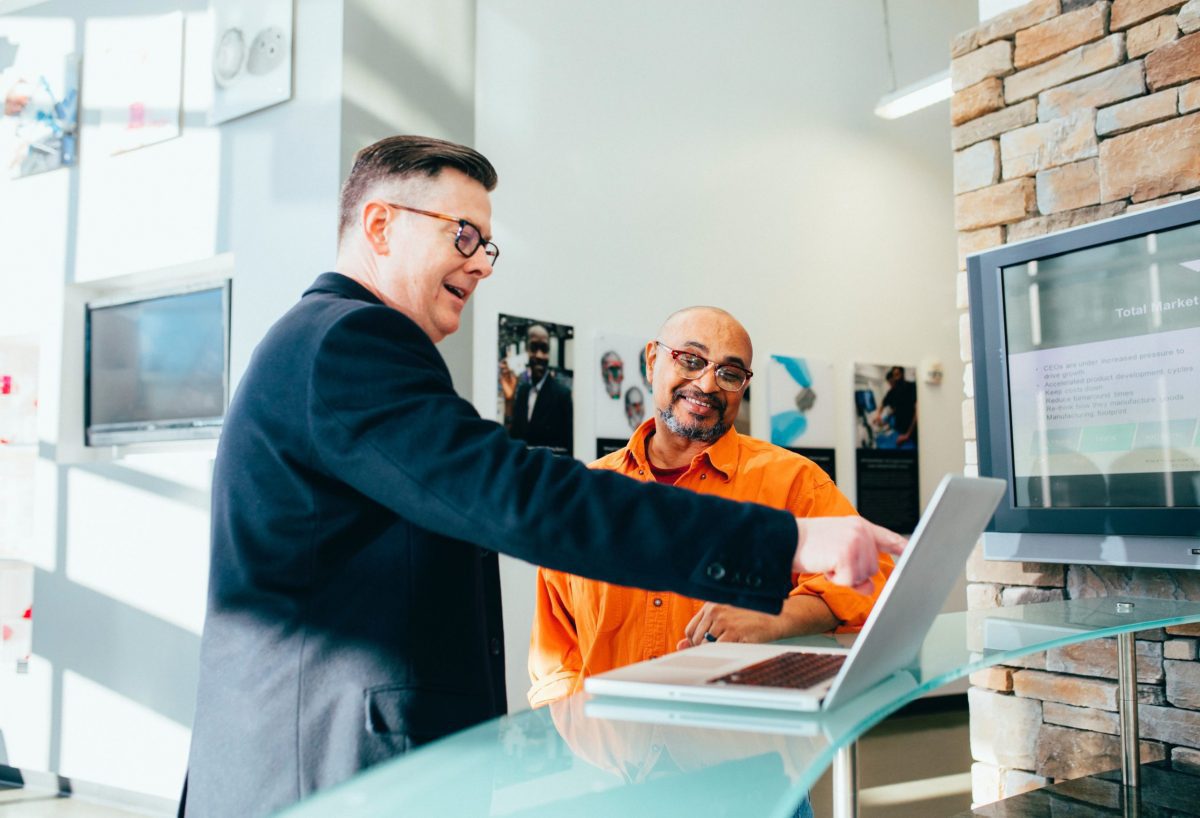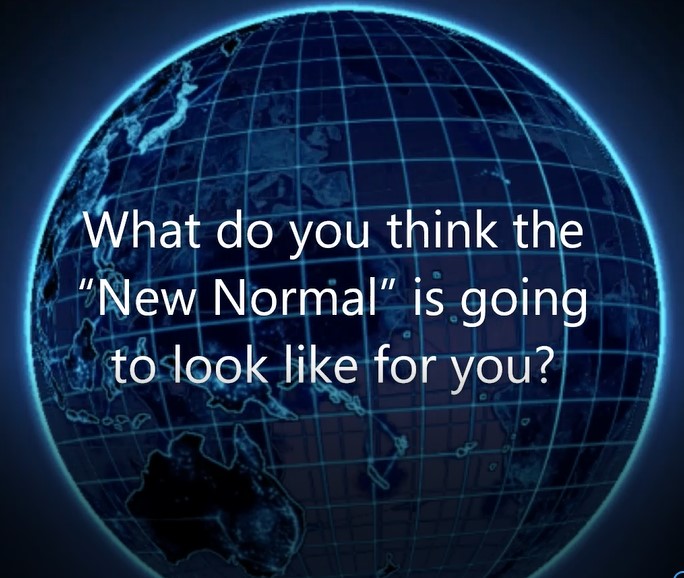There are a lot of articles out there aimed at helping us navigate the “new normal” of working from home and the challenges that come with it. However, most of these articles seem to focus solely on the technicalities of managing this new situation. How do you keep a schedule and maintain a routine? How can you make sure you have a comfortable workspace at home? There seems to be very little out there about creating real connection in virtual meetings. And that might be the thing we are missing the most about in-person workplaces.
It can be easy to think that having an effective meeting relies simply on a strong agenda or a timekeeper. However, it is the more subtle relationship interactions that help foster strong team dynamic, collaboration and performance.

Creating Real Connection in Virtual Meetings
How do you begin your meetings? Do you check in first, or do you jump right in? If you jump right in, then how do you know everyone is aligned with the purpose of the meeting and fully present? Could it be that some people are distracted from other meetings or with other concerns? How do you ensure everyone can fully contribute?
Given that we are working virtually, it can be easy to miss the physical cues you may otherwise perceive if you were sitting in a meeting room or would have gathered from the few minutes prior to the meeting starting. It can be easier to misinterpret situations in a virtual context than when you have all the data of an in-person interaction.
Checking in with the Three C’s
Beginning each meeting with a check-in allows you and your colleagues to become fully present and openly share intentions and concerns for the meeting. The questions shared below are an ideal way to ensure you capture connection and context, not just the content (or agenda) of the meeting.
- How do I feel arriving at this meeting? (Connection) Take the time to connect on a personal level before moving on to the next question. As team members are juggling many different challenges, this is an opportunity to foster connection and understanding within the team.
- What circumstances make this meeting relevant and important to me and the team? (Context)
- What results do I hope to obtain by the end of the meeting? Why are these results important? (Content)
- Do I have any concerns that will prevent me from being “present” in the meeting? (Context)
A modified set of questions can be used to “check-out” upon closing the meeting, so that all participants feel heard. It provides a space for each person to express how they felt about the outcomes of the meeting and share any concerns or issues that may not have been addressed. This concludes the current meeting and sets up future meetings with a strength of connection helping to build a strong team culture.
In addition, it is important, particularly in a virtual context, to continue to check in with participants during the meeting inviting them back in to contribute and be active. Again, as you are not privy to the usual non-verbal cues, you may miss a person disengaging or becoming discontent.
Conclusion
There are many challenges to remote working, but as many companies continue to work in this way and consider a blended approach going forward, issues such as collaboration and team connection become even more important. Fostering connectivity and making sure all voices are heard is an important way to support your team as they navigate this new way of working.
If you would like to know more about how Axialent can support your team with a free check in exercise, please click here.














 Axialent
Axialent
 Moreover, d
Moreover, d
